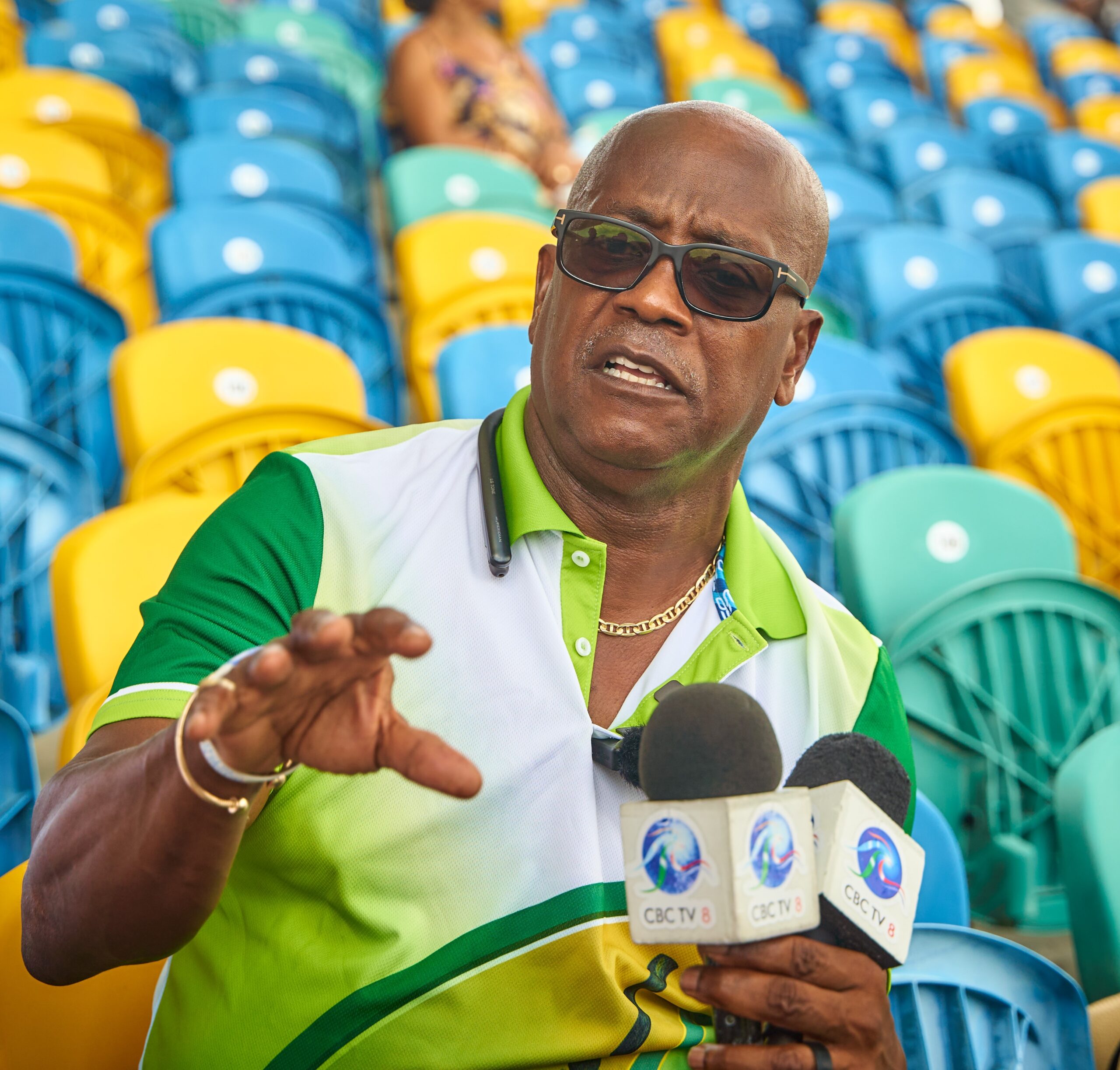Analyzing the Mottley Administration's Justification for Investment in Men's T20 World Cup: A Critical Examination of Ambassador Lynch's Financial Estimates

The Mottley administration's justification of spending borrowed money for hosting the Men’s T20 World Cup in Barbados is analyzed, highlighting flaws in Ambassador Lynch's optimistic return estimates and cost analysis.
It is truly amazing how the Mottley administration attempts to justify spending large amounts of borrowed money. A recent attempt was made by Ambassador Noel Lynch, chairman of the National Organising Committee for the Men’s T20 World Cup.
In an article published in the Daily Nation last Thursday, Ambassador Lynch, using a most simplistic and flawed approach, estimates that the return on investing a budgeted $50 million on hosting the nine matches in Barbados will be in excess of 100 per cent.
According to him: “If ever there was a strong business case for hosting the event, this is it. An initial investment of $50 million that reaps over a 100 per cent return. Not many commercial investments anywhere on the globe can boast of such, particularly the hosting of a global sporting event.”
Ambassador Lynch’s optimistic conclusion, though erroneous, is good public relations for the Mottley administration. However, his analysis is rather simplistic and should be challenged from a basic accounting perspective.
The first flaw in Ambassador Lynch’s analysis is the understatement of the cost of hosting the event. Given that the redevelopment of Kensington Oval has been completed, actual spending rather than budgeted spending should be reported by Ambassador Lynch.
Previously, it was announced that an additional sum of $7 million was required for the redevelopment of Kensington Oval. Other direct costs associated with hosting the event should be included. This cost menu consists of spending in the following areas: establishing fan zones, security services for teams and officials, remuneration for additional employees in various employment categories (including the homeless in Bridgetown for the month of June), other cricket infrastructural projects not located at Kensington Oval, promotions and entertainment events including receptions and shows, marketing focused on the World Cup, and utilities and other services during the days of cricket.
Indirect costs associated with hosting the World Cup should also be considered. These include the costs of upgrading the road infrastructure, washing of Jersey barriers along the highway, sprucing up Bridgetown and other areas, and $5 million spent on the Oistins Bay Garden.
The second flaw in Ambassador Lynch’s analysis relates to the assumption that each of the estimated 30 000 to 35 000 visitors will spend US$350 (BDS$700) per day for an average five-day stay. Some of the visitors will be staying at all-inclusive hotels, thus their individual spend is unlikely to meet Ambassador Lynch’s projected threshold of US$350 per day. Also, it can be expected that hundreds of Barbadians and others visiting for the World Cup will be staying with families and friends and, hence, will not incur accommodation expenses. Some of them will also incur limited transportation expenses. Thus, Ambassador Lynch’s revenue for the economy from hosting the event is overstated.
The third flaw in Ambassador Lynch’s analysis is the assignment of the total projected revenue to the entity incurring the cost of hosting the event in his determination of the return on the investment.
It is accepted that the government is responsible for underwriting the cost of hosting the nine matches in Barbados. However, only a fraction of the projected revenue from the event will flow directly into the coffers of the government through taxation and other revenue streams for government services. Most of the revenue generated through the event will flow to various enterprises in the private sector, including tourism, hospitality, retail, and transportation.
As an illustration, assume that taxes and other revenue accruing to the government from hosting the World Cup is $25 million, and the external benefit to the private sector is $75 million. As stated, the budgeted cost of the investment to the government is $50 million. The return on investment for the government will be -50 per cent, calculated as follows:
Revenue ($25 million) minus initial cost ($50 million) divided by initial cost ($50 million) expressed as a percentage.
This simple illustration indicates that Ambassador Lynch has grossly overstated the return on investment through the inclusion of the revenue that flows directly to the private sector in his calculation.
Given that the government has the responsibility for repaying the US$25 million loan for the redevelopment of Kensington Oval, Ambassador Lynch and other operatives of the government are advised to develop a business plan detailing the expected revenue streams to repay the loan.
When the fundamental flaws in Ambassador Lynch’s analysis are considered, notably the understatement of cost, the overstatement of projected revenue, and the unfortunate assignment of a grossly inflated amount of revenue to the government, we can easily dismiss the claim of a return on investment in excess of 100 per cent.
Did such a claim result from the simplicity of Ambassador Lynch’s mind, or can it be construed as Barbados Labour Party propaganda?
Anthony P Wood


